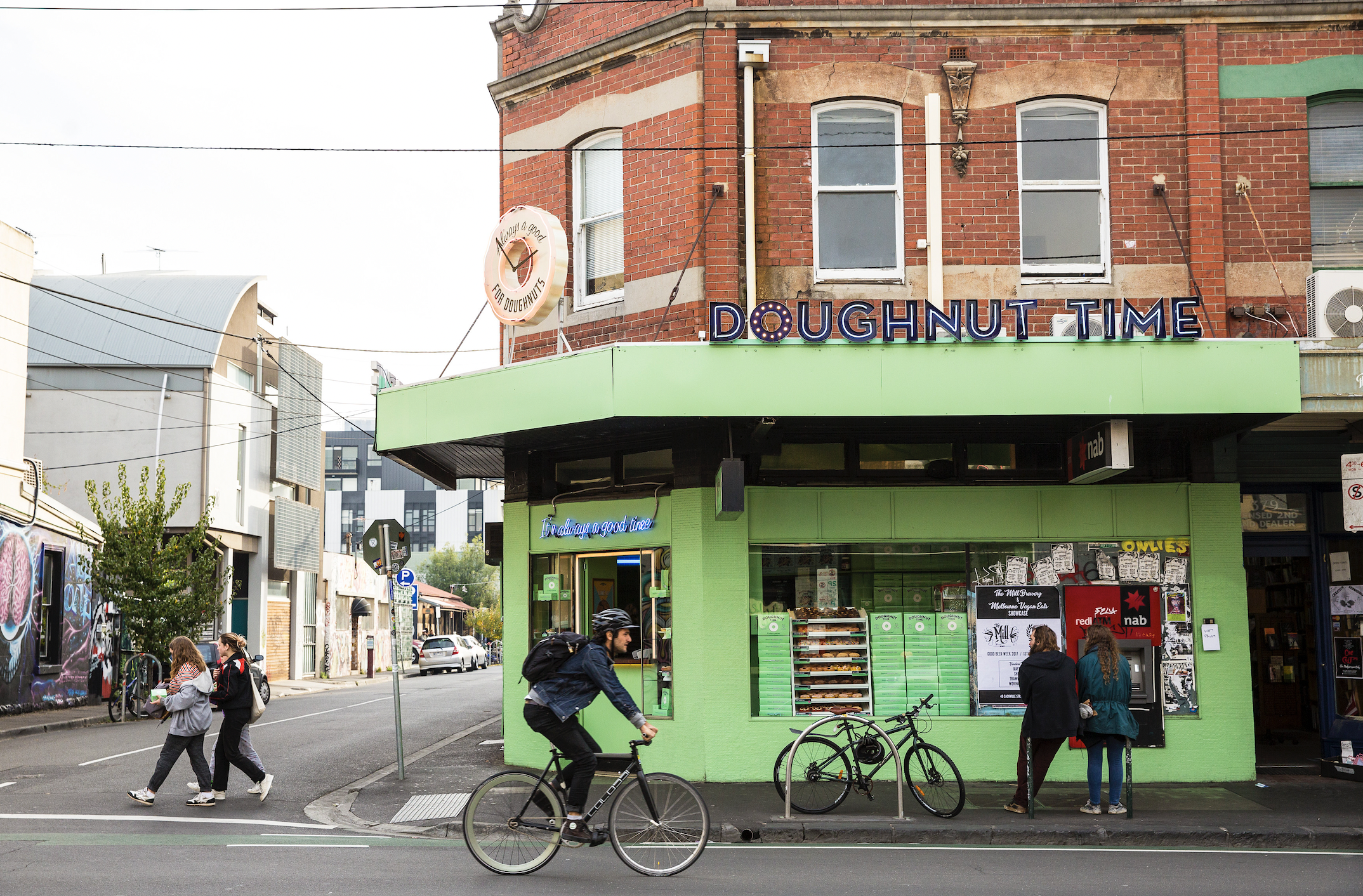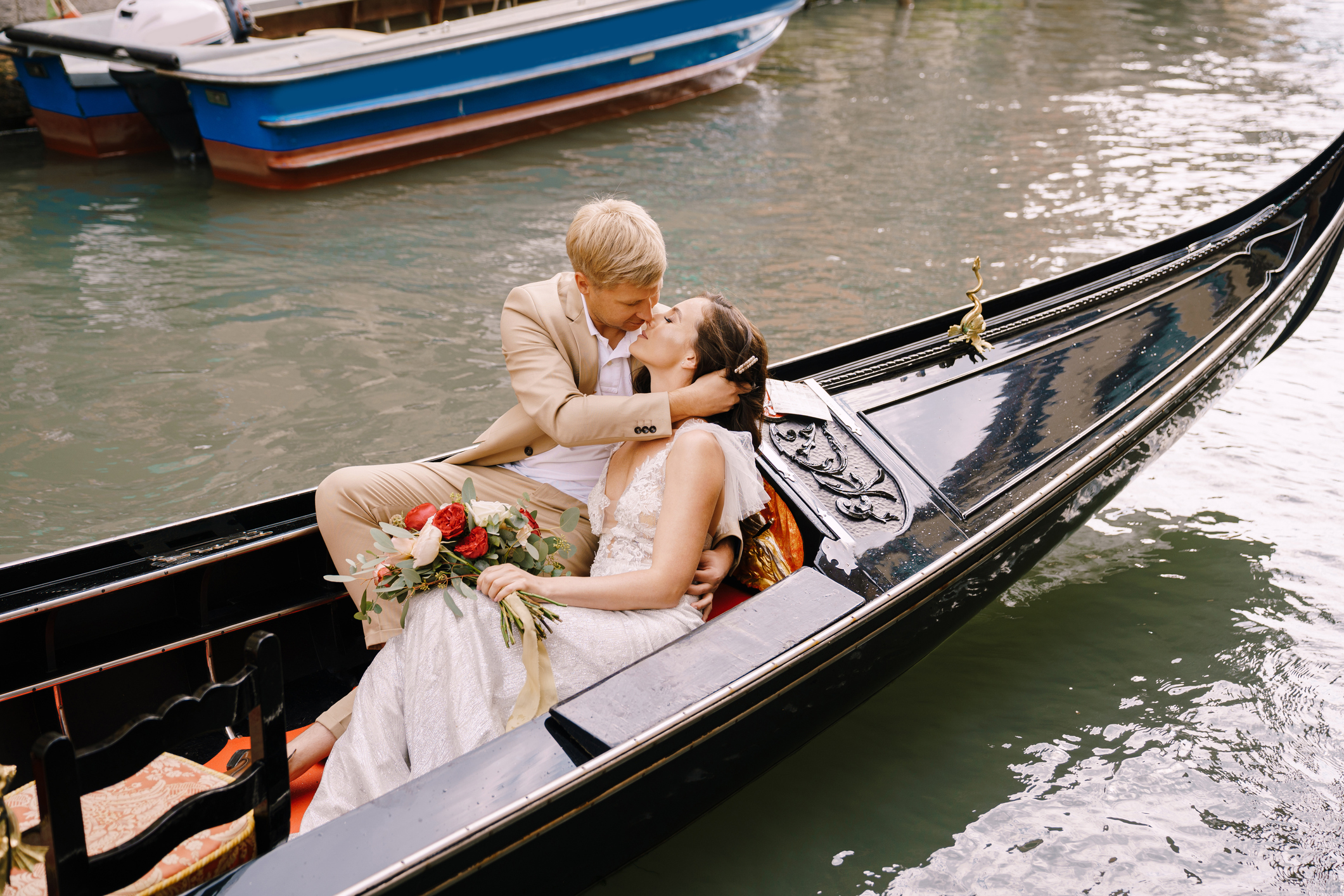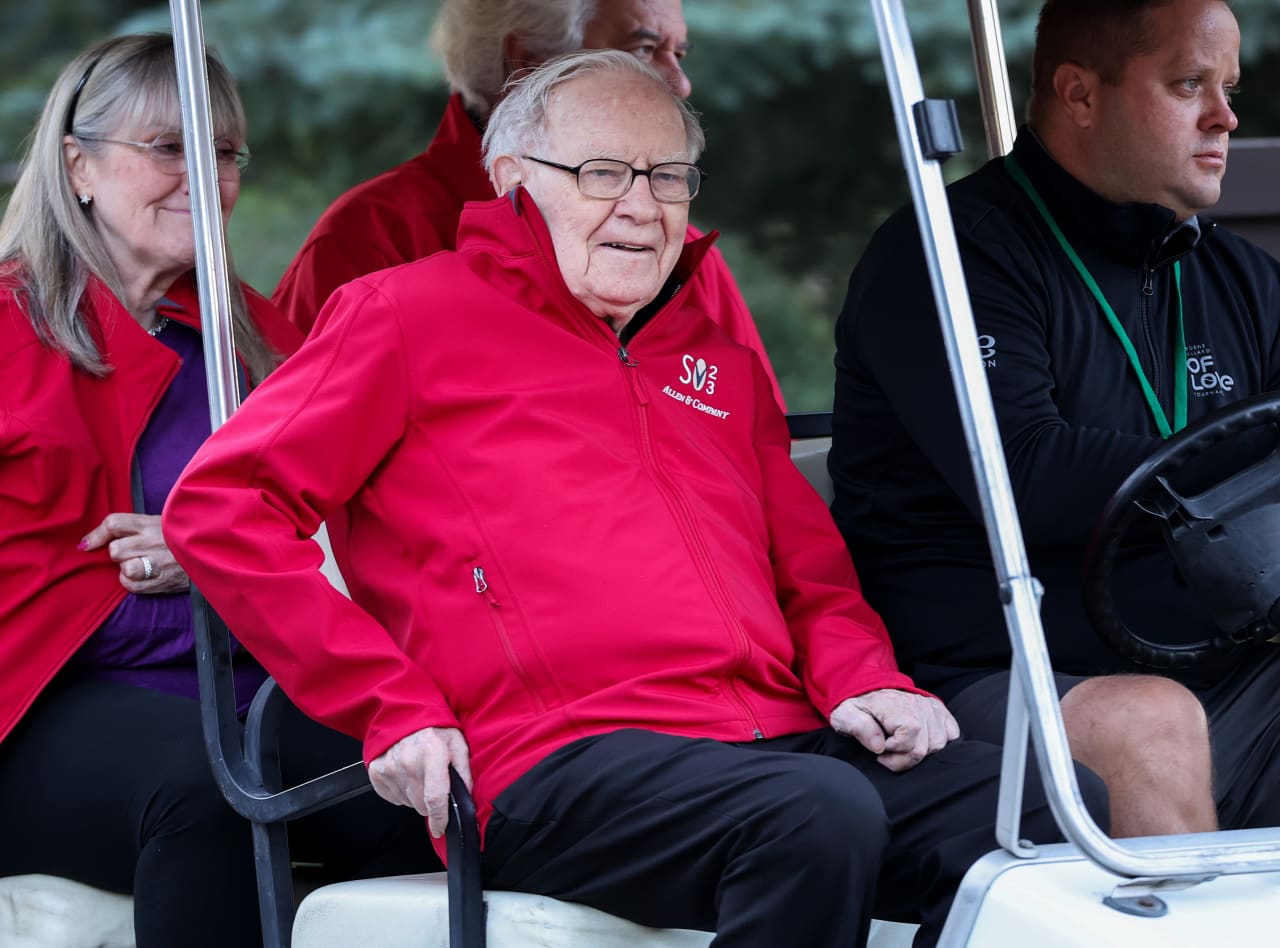The neighbourhoods where being cool pays off
They’re nowhere near the beach and don’t boast water views but these suburbs are attracting residents and buyers in droves
Anyone who thinks real estate is just a numbers game didn’t get the memo. There’s one serious X-factor when it comes to property values that’s less about stats and more about status. A cool neighbourhood is worth its weight in gold.
Time Out’s annual Coolest Neighbourhoods in the World list quite literally puts a collection of hip locations on the map each year. Coolness is judged on an area’s eateries, watering holes, public green spaces, its diversity and sense of community — a combination of factors that feed buyer demand.
Melbourne suburbs such as Brunswick East and Fitzroy have graced these lists in recent years, with Enmore and Marrickville representing for Sydney. Wherever the location, however, cool neighbourhoods all have similar ingredients.
For more stories like like, order your copy of the Autumn 2024 issue of Kanebridge Quarterly magazine.
What makes a neighbourhood cool
The coolest suburbs are usually the most inclusive places where anyone can freely eat, drink and socialise without the sense of being an “outsider”.
Social demographer Mark McCrindle of McCrindle Research said diversity is a catalyst to cool.
“Australia likes a village atmosphere with a bit of a buzz,” McCrindle says. “That doesn’t come from a single age group, social or a monocultural group of residents. When there’s vibrancy and diversity of young people and couples, but also young families and retirees, it makes a neighbourhood more dynamic.
“It also needs to have a gathering place for people to get out and about. Some developments end up becoming “dormitory suburbs”.”
Even good architecture and design are not always enough to create the right ambience, he says.
“Without those essential gathering points people are simply just commuting in and out.”
While “walkable” suburbs have long been in demand, “talkable” suburbs are the new wave.
“It comes down to whether people can share it,” McCrindle says. “Great little food outlets, pubs or other hot spots can generate their own momentum accelerated by social media.
“But like anything on social media, trends can spike and then fade quickly. For an area to maintain its cool factor there needs to be a combination of things keeping locals committed so they’ll maintain the buzz.”
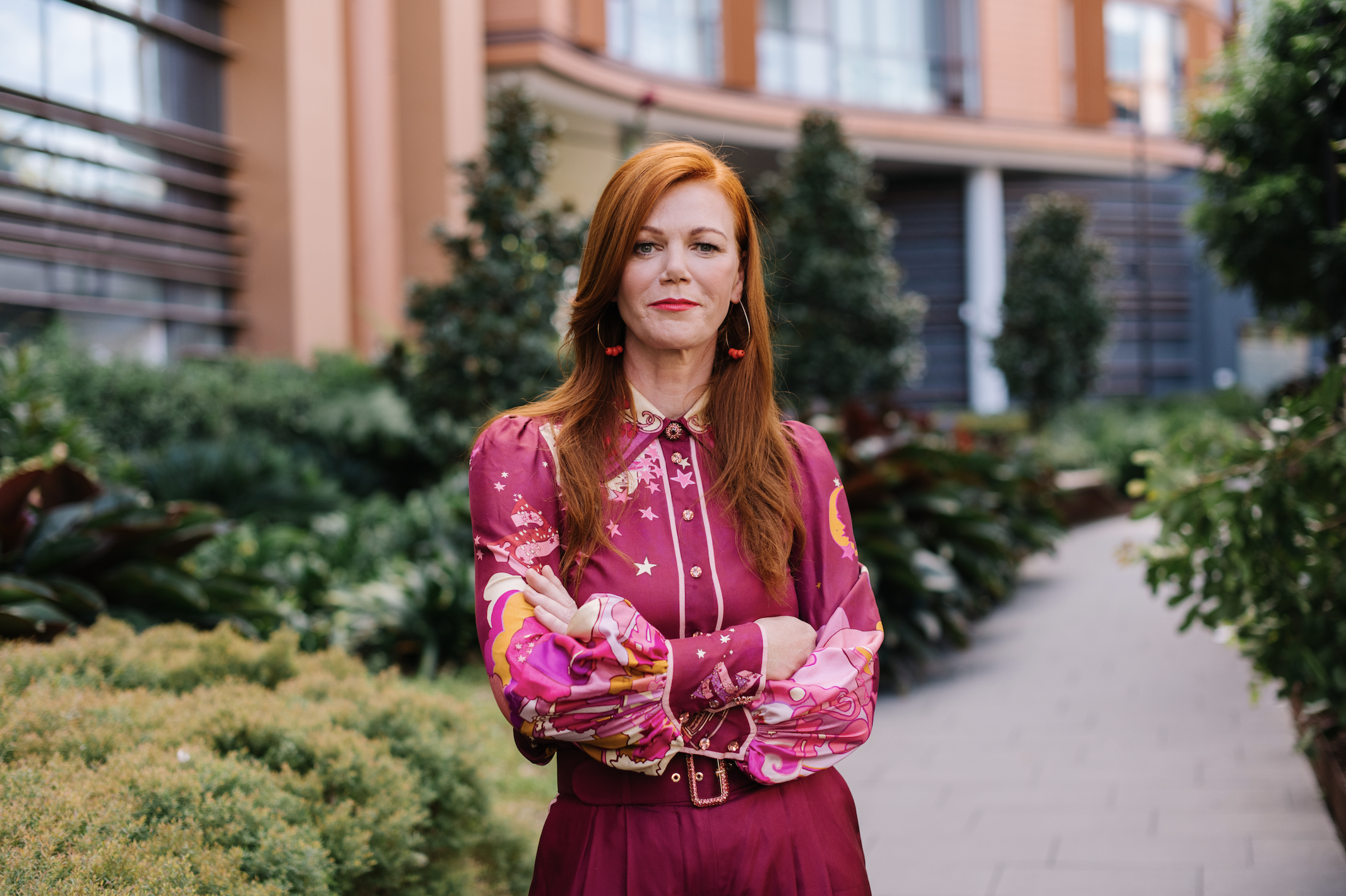
Although coolness adds value, affordability still needs to play its part. Sydney-based buyer’s agent Michelle May said it’s a delicate balance between cool and costly.
“The death of a cool suburb is when it becomes too affluent.
“One sign of that homogenisation is when the big brands move in and push out those smaller local businesses who can’t afford to pay the high rents anymore,” she says.
McCrindle agrees property values can reach a tipping point.
“Ultimately, a neighbourhood can price itself out of cool.”
The value of a vibe
Australia’s priciest property is typically found by beaches, riverbanks and harbours — attributes rarely shared with the gritty urban nature of suburbs ranking high on the cool charts. Instead, these areas have other lifestyle features.
Melbourne and Sydney’s “cool” suburbs are far from water, but still record strong property values. There is, however, some price diversity in different housing types.
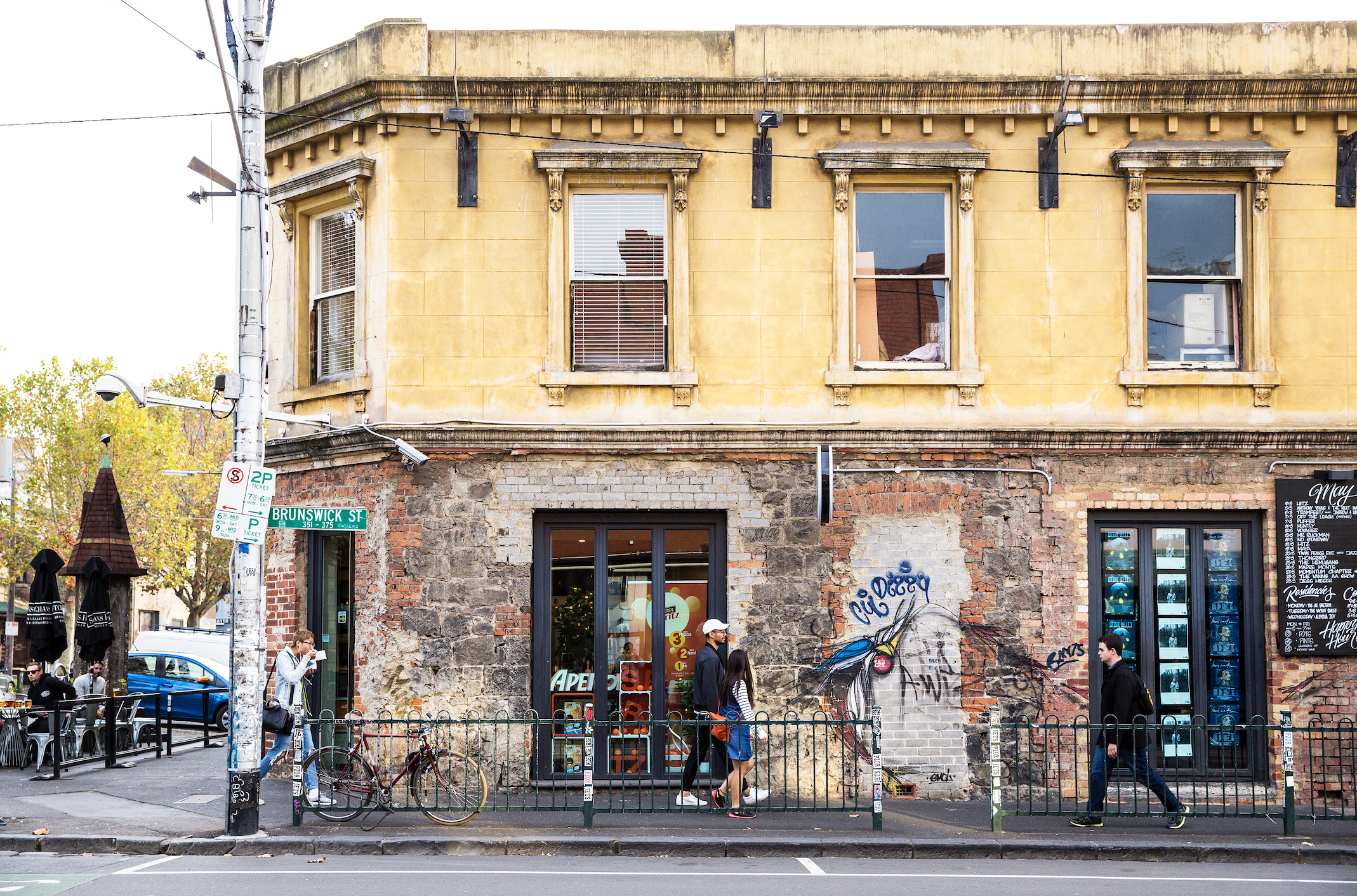
Houses in Brunswick East have a 12-month median of $1.248 million according to CoreLogic, rising 11.5 percent over the past three years. Local apartments are cheaper at $515,000, experiencing a -13.4 percent drop over the same period. In Fitzroy the house median is $1.54 million after a three-year increase of 10 percent while units are $760,000, a -1.3 percent fall.
Cate Bakos, Melbourne buyer’s agent, has bought clients numerous homes and investments in both suburbs and their surrounds. She said in addition to the trendy eateries and vibrant atmosphere, it’s the ‘rough around the edges’ vibe of these areas that sets them apart.
“One thing in common in these neighbourhoods is they’re often former industrial areas close to city centres with a blend of eclectic housing,” Bakos says. “Former warehouses and factories are always popular — everyone loves a cool conversion.”
In Enmore, house medians are $1.88 million after rising 33.4 percent over three years. Median unit values are harder to pinpoint but ranged from $395,000 to $958,000 in 2023. Marrickville’s houses are $1.9 million after a 31.3 percent leap, while apartments are $814,000, having gone up 3.4 percent. May says despite Enmore and Marrickville’s rising prices, the suburbs had been undervalued for decades and still hold onto many of the traits keeping them “cool”.
“Enmore Road is the street of the Inner West with really cool restaurants and bars, which are propped up by Enmore Theatre. Marrickville has its popular pubs — known locally as the Ale Trail — with plenty of microbreweries and frequent underground gigs.”
She says these suburbs’ multiculturalism, mix of housing types, range of price points and easy transport options tick all the boxes giving them street cred.

“Singles are out having fun, there are hens’ parties, couples on dates and Boomers out for a nice dinner. There’s something for everyone,” May says. “The problem is when it gets too popular, too homogenised in terms of who’s buying in the suburb, that’s when it starts to lose its cool. But I don’t think we’re there yet for Enmore or Marrickville.”
The next cool place
Getting ahead of the property pack can be a wise real estate move, but forecasting cool isn’t black and white. Bakos says anyone trying to anticipate the next big thing should do their homework, because it’s not as easy as just looking next door.
“You’ll want to be looking for areas that have lower price points than their neighbours and lower land value per square metre while still having some of those activities and drawcards of the more popular neighbourhoods,” Bakos says.
“What these suburbs also have in common are buildings that have been converted and repurposed. Simply cast your eyes to neighbouring suburbs with those attributes. I’m tipping places like Collingwood and Abbotsford (in Melbourne).
“If you’re going for something that’s gentrifying, you’ve got to recognise it hasn’t fully gentrified yet. That’s why you’re getting a discount, because it’s not yet a 10 out of 10. Perhaps there’s a higher crime rate, or challenging neighbours. You’ve got to be prepared to roll with that.”
Physically getting out and pounding the pavement to research local high streets can give the best insights according to May.
“Just cast your eye a few stops down the railway line and see what’s there. Look for good connectivity to the city, a mixture of residential as well as commercial resident properties,” she says.
“Talk to the locals. Is the popular barista about to open their own cafe nearby? Are there signs of an eat street on its way? I’ve always thought Ashfield and Hurlstone Park (in Sydney) are still under the radar and pretty undervalued so there’s potential there.”
This stylish family home combines a classic palette and finishes with a flexible floorplan
Just 55 minutes from Sydney, make this your creative getaway located in the majestic Hawkesbury region.
A Sydney site with a questionable past is reborn as a luxe residential environment ideal for indulging in dining out
Long-term Sydney residents always had handful of not-so-glamourous nicknames for the building on the corner of Cleveland and Baptist Streets straddling Redfern and Surry Hills, but after a modern rebirth that’s all changed.
Once known as “Murder Mall” or “Methadone Mall”, the 1960s-built Surry Hills Shopping Centre was a magnet for colourful characters and questionable behaviour. Today, however, a $500 million facelift of the site — alongside a slow and steady gentrification of the two neighbouring suburbs — the prime corner property has been transformed into a luxury apartment complex Surry Hills Village by developer Toga Group.
The crowning feature of the 122-apartment project is the three-bedroom penthouse, fully completed and just released to market with a $7.5 million price guide.
Measuring 211sqm of internal space, with a 136sqm terrace complete with landscaping, the penthouse is the brand new brainchild of Surry Hills local Adam Haddow, director of architecture at award-winning firm SJB.
Victoria Judge, senior associate and co-interior design lead at SJB says Surry Hills Village sets a new residential benchmark for the southern end of Surry Hills.
“The residential offering is well-appointed, confident, luxe and bohemian. Smart enough to know what makes good living, and cool enough to hold its own amongst design-centric Surry Hills.”
Allan Vidor, managing director of Toga Group, adds that the penthouse is the quintessential jewel in the crown of Surry Hills Village.
“Bringing together a distinct design that draws on the beauty and vibrancy of Sydney; grand spaces and the finest finishes across a significant footprint, located only a stone’s throw away from the exciting cultural hub of Crown St and Surry Hills.”
Created to maximise views of the city skyline and parkland, the top floor apartment has a practical layout including a wide private lobby leading to the main living room, a sleek kitchen featuring Pietra Verde marble and a concealed butler’s pantry Sub-Zero Wolf appliances, full-height Aspen elm joinery panels hiding storage throughout, flamed Saville stone flooring, a powder room, and two car spaces with a personal EV.
All three bedrooms have large wardrobes and ensuites with bathrooms fittings such as freestanding baths, artisan penny tiles, emerald marble surfaces and brushed-nickel accents.
Additional features of the entertainer’s home include leather-bound joinery doors opening to a full wet bar with Sub-Zero wine fridge and Sub-Zero Wolf barbecue.
The Surry Hills Village precinct will open in stages until autumn next year and once complete, Wunderlich Lane will be home to a collection of 25 restaurants and bars plus wellness and boutique retail. The EVE Hotel Sydney will open later in 2024, offering guests an immersive experience in the precinct’s art, culture, and culinary offerings.
The Surry Hills Village penthouse on Baptist is now finished and ready to move into with marketing through Toga Group and inquiries to 1800 554 556.
This stylish family home combines a classic palette and finishes with a flexible floorplan
Just 55 minutes from Sydney, make this your creative getaway located in the majestic Hawkesbury region.









